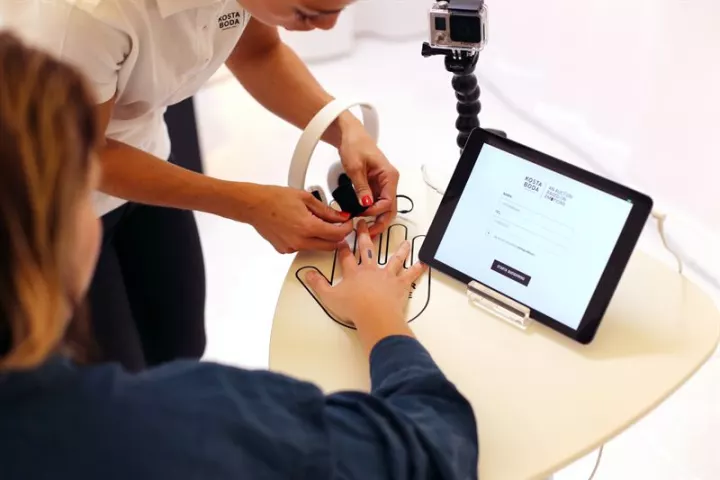Emotions
-
Most people will agree that phone conversations are more awkward than face-to-face chats, since you can't gauge the other person's mood by seeing their facial expressions. This is a constant challenge for the blind, which is why Huawei has developed the "face-reading" Facing Emotions app.
-
Neuroscience is stumped by what’s going on in the brain when we feel joy or sadness. In an effort to peek inside our moody minds, researchers have developed a technique to read brain signals and infer what mood a patient may be in, which could lead to new treatments for depression and anxiety.
-
Currently, PTSD is usually treated with psychotherapy and antidepressants, but those aren’t always effective. Now a study conducted at Wake Forest Baptist Medical Center has found that a novel form of treatment reduced symptoms of the disorder by letting patients “hear” their own brainwaves.
-
We've all had the sensation of "burning with embarrassment." According to new research, however, awareness of that phenomenon can help us. Given that a sensation of heat is associated with feelings of shame, it's claimed that alleviating the sensation can lessen those feelings.
-
Facial expressions tell us how others are feeling, but it's far from an exact science. Now, researchers from MIT have developed EQ-Radio, a device that uses RF signals to see through that poker face and determine someone’s emotional state with high accuracy, based on their heartbeat and breathing.
-
Savonix is bent on making cognitive assessments cheaper and more easier to administer, with what it says is the first mobile and clinically-valid cognitive assessment tool in the world.
-
We've probably all experienced it – getting frustrated by the user interface on a website, and wishing that the creators of that site could know just how angry they were making us. Well, in the near future, perhaps they'll be able to.
-
Japanese tech firm SoftBank has announced that its emotion-sensing robot, Pepper, will go on sale in Japan from June 20. The company says that Pepper is the world’s first personal robot that can read a person's emotions. In addition, it has been designed to portray emotions of its own.
-
If robots are ever going to interact with us, then it's important that they know what sort of emotions we're expressing. While some already use computer vision to do so, scientists have developed what they say is a simpler technology – users just have to be willing to stick something on their face.
-
We've already seen interactive technologies that create smells or tactile sensations on command. Now, however, British scientists have developed a system that they claim can be used to make users experience specific emotions – and it does so without even touching the person.
-
Over a number of years, researchers at Germany's Fraunhofer Institute have developed software to measure human emotion through face detection and analysis. Now the team has repurposed the software as an app for Google Glass, with a view to bringing its emotion-detecting technology to life.
-
Swedish design company Kosta Boda recently held an art auction where money was irrelevant. In order to win a piece, bidders had to have the most pronounced physiological response upon first seeing it.
Load More











